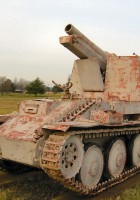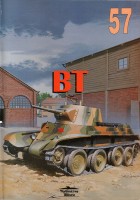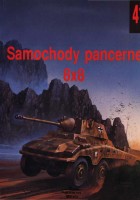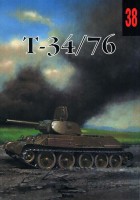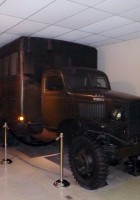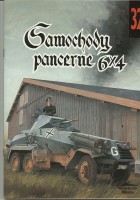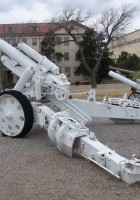
Wydawnictwo Militaria | |
|---|---|
| Serii | Wydawnictwo Militaria |
| Ref | 069 |
| Temat | Panzers |
| Okres | ww2 |
Podpisana dokumentacja Wydawnictwo Militaria le livre «Panzers Colours III – Wydawnictwo Militaria 069» .
Panzer est un vocable allemand signifiant “blindé”. Si le mot peut s’appliquer aujourd’hui à tous les engins cuirassés allemands, des origines jusqu’à nos jours, l’usage fait qu’il désigne essentiellement les blindés chenillés à tourelle allemands de la Seconde Guerre mondiale (panzerkampfwagen, véhicule blindé de combat, en abrégé PzKfw), lesquels eurent une conception et un emploi tactique particuliers. Le terme générique est moins utilisé pour les MBT (main battle tank) allemands de l’après-guerre (Leopard 1 et 2), similaires aux autres systèmes d’armes occidentaux. A noter que si l’historiographie française utilise le pluriel “panzers”, l’usage actuel admet le pluriel d’origine panzer en italique. De plus, certains ouvrages d’histoire militaire utilisent ce mot comme abréviation de grandes unités blindées (“2ème panzer” signifiant 2ème division blindée ou 2.Panzerdivision). Les panzer, surtout ceux de la deuxième moitié de la guerre, étaient très redoutés, moins nombreux mais souvent plus dangereux que ceux de leurs adversaires. Les chars lourds Tigre et Tigre II étaient ainsi les véhicules les plus lourdement blindés de leur époque. Le panzer IV fut le blindé allemand le plus utilisé durant la Seconde Guerre mondiale. Il a opéré sur tous les fronts : Pologne, France, Balkans, Grèce, front de l’Est, Afrique du Nord, Italie, etc.
Źródła: Wikipedia
Liczba wyświetleń : 441
